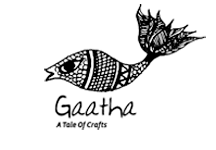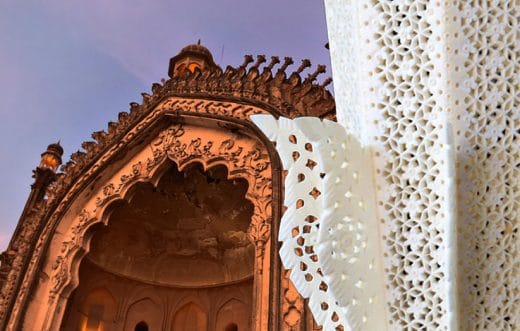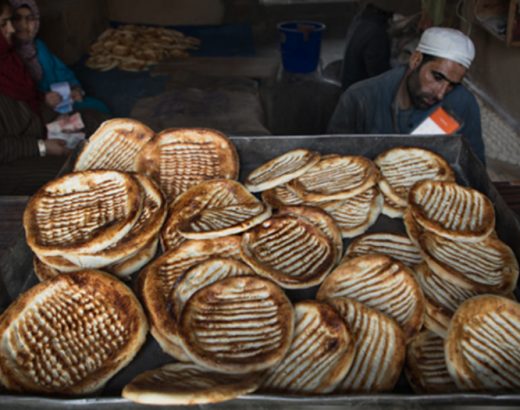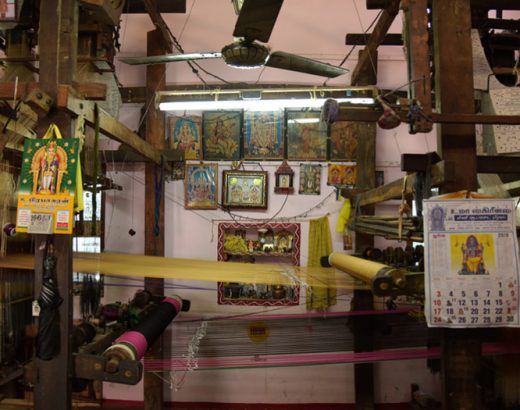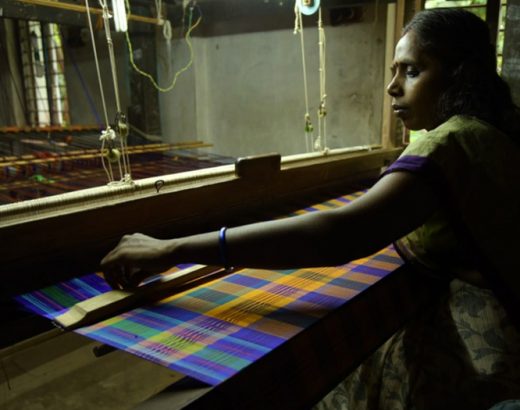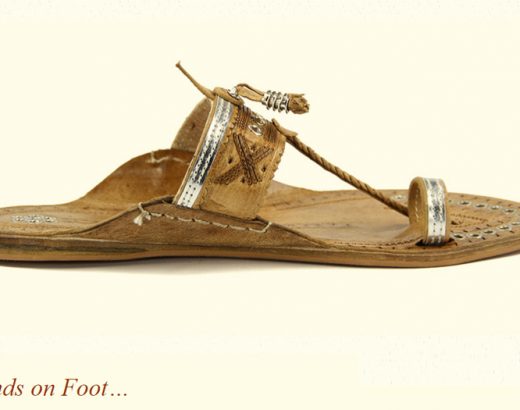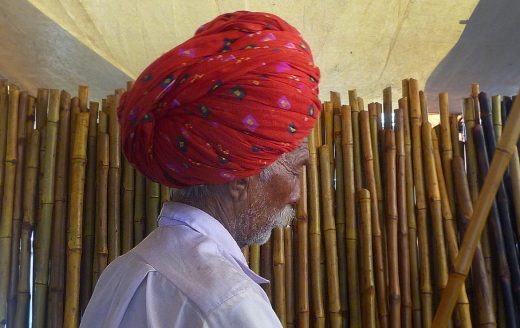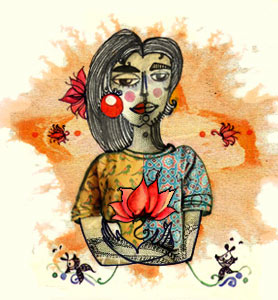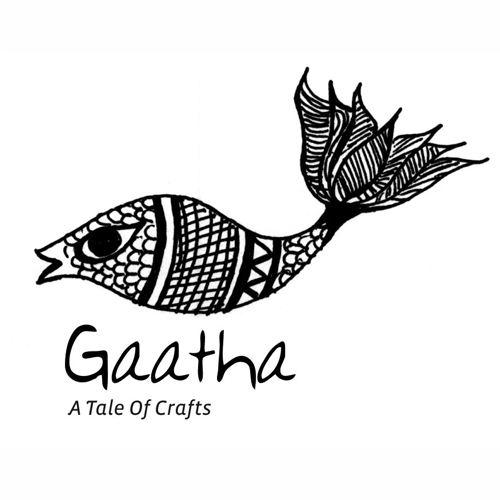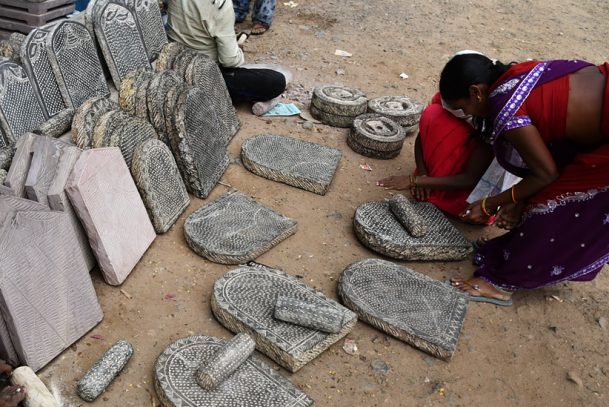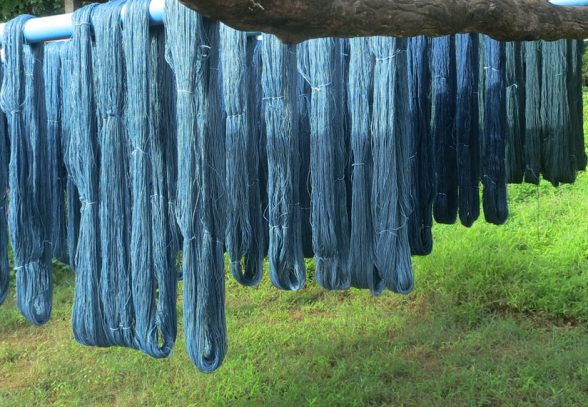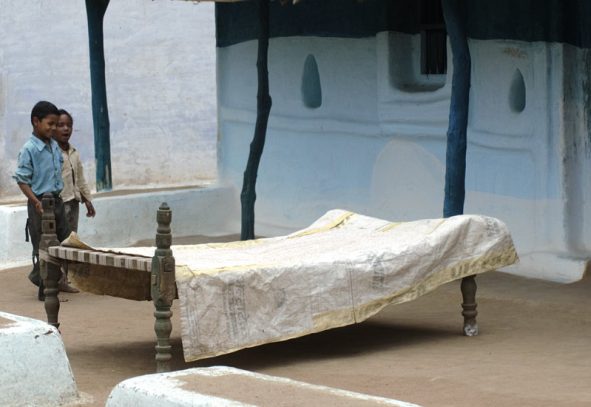The art of bone carving goes back to pre-historic times, when each & every part of the hunted animal was used & it was believed that a part of the departed soul stays with them forever. Bones were used for making ornaments & utility articles.
It is a six inch round everyday breakfast bread. A small ball of dough is spread across a stone platform with the palm dipped in milk. Texturing it with the impression of the fingers, the naan-wai pulls the stretchy dough off the stone and slaps it on the warm oven wall gently. It come out with golden on the upper side and white on the lower and is usually had with butter or jam along with nun-chai.
they reached Madurai & mesmerized by the spiritual aura, finally settled in & later dispersed to various other places in Tamil Nadu from there, one of them being the Dindigul region. Their skill earned them the title of “Pattunulkarar”, meaning “the silk weaver”,
Koorai Pattu Pudavai, a sari for the lasting journey of marriages worn by women folk of a few casts of Hindu Community of Tamil Nadu
Kolhapuri chhapals easily identified by their look. also have names like Kapsae, Korwnda, ShahuMaharaj, Maherban, LadiesPaper etc.
Kevat community wears only red Bandhani turban at all occasions. Jat community in Narwa village wears a bright yellow turban.
About Gaatha
Gaatha brings to you, traditional handicrafts and the culture
behind them, directly from the very home of the
Indian artisan.
Gaatha
Categories
- Articles (111)
- Crafted with Love (1)
- Craftsmen (23)
- Dialogues (5)
- Events (3)
- Hands on (3)
- Indigenous Knowledge (2)
- Myths & Stories (20)
- People / Organization (2)
- Podcast (2)
- Post Card (3)
- Process (118)
- Products (9)
- Resource (8)
- Tale (163)
- Visits (20)
Like Us On Facebook

Trending
